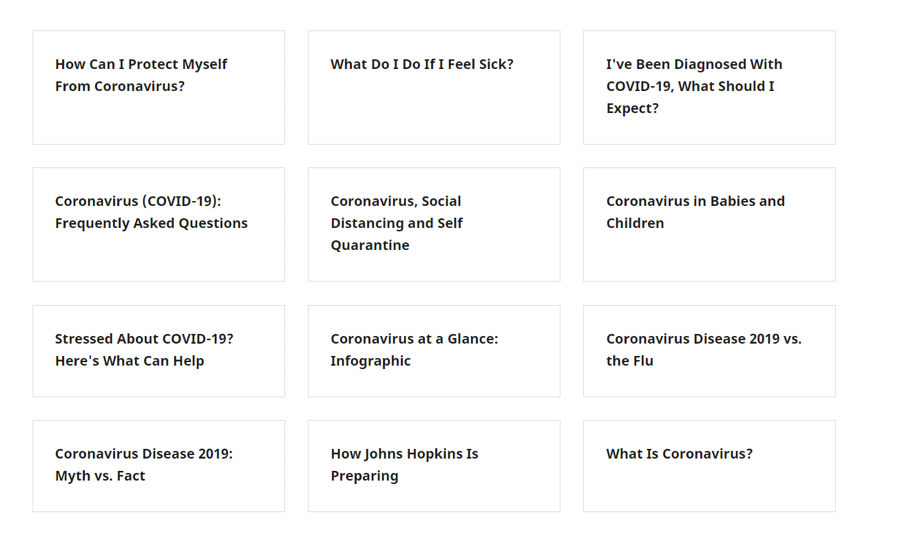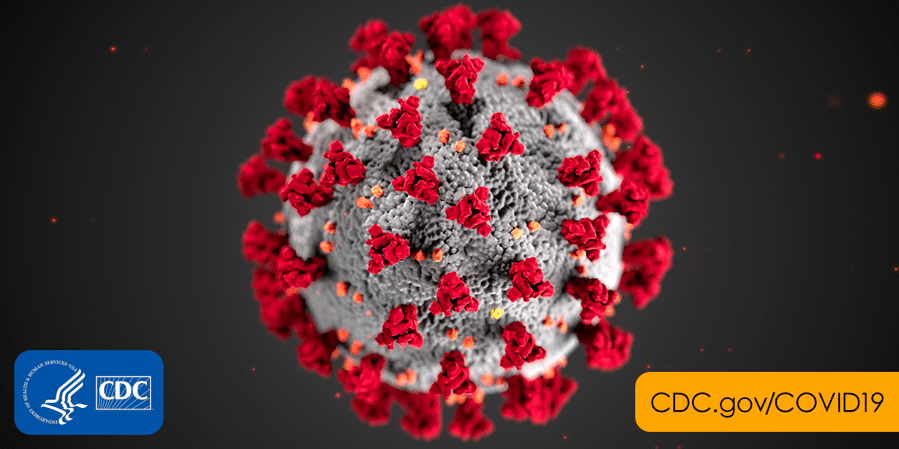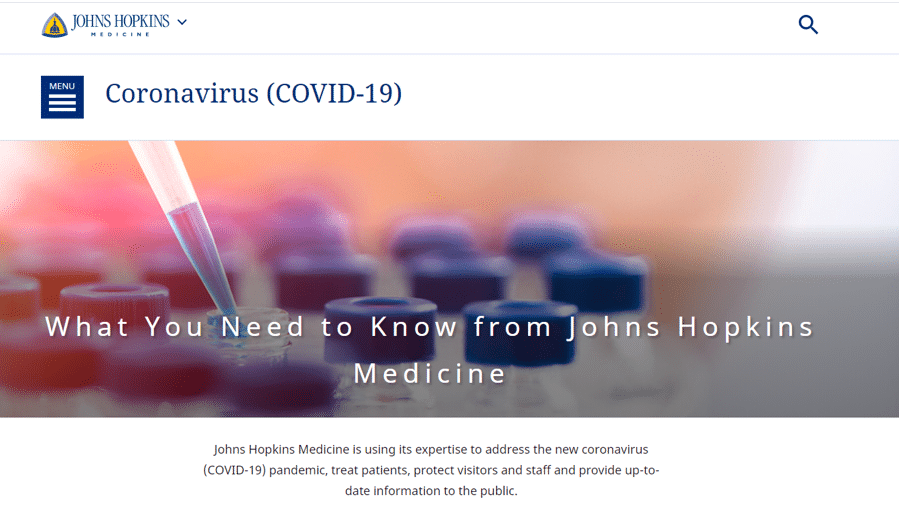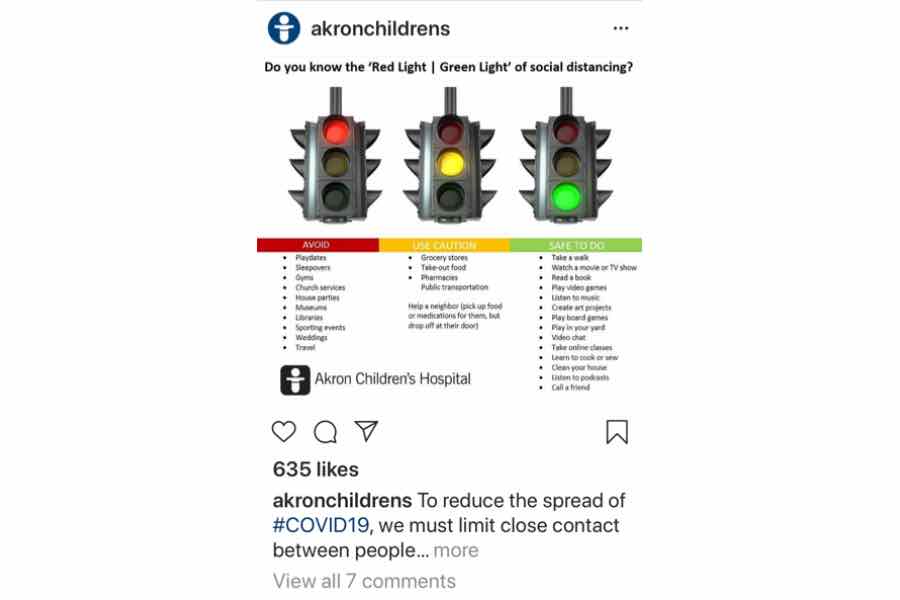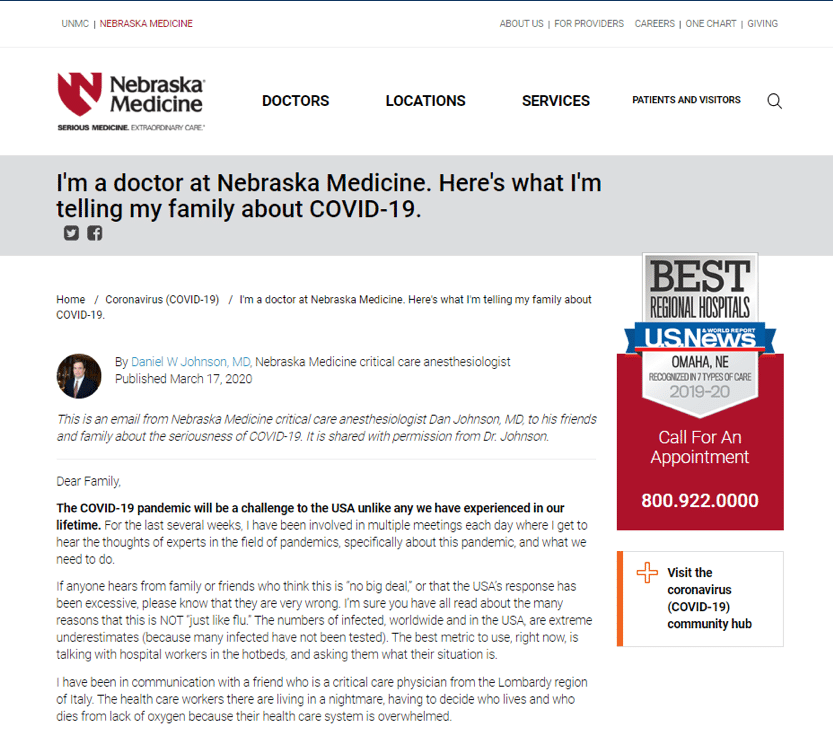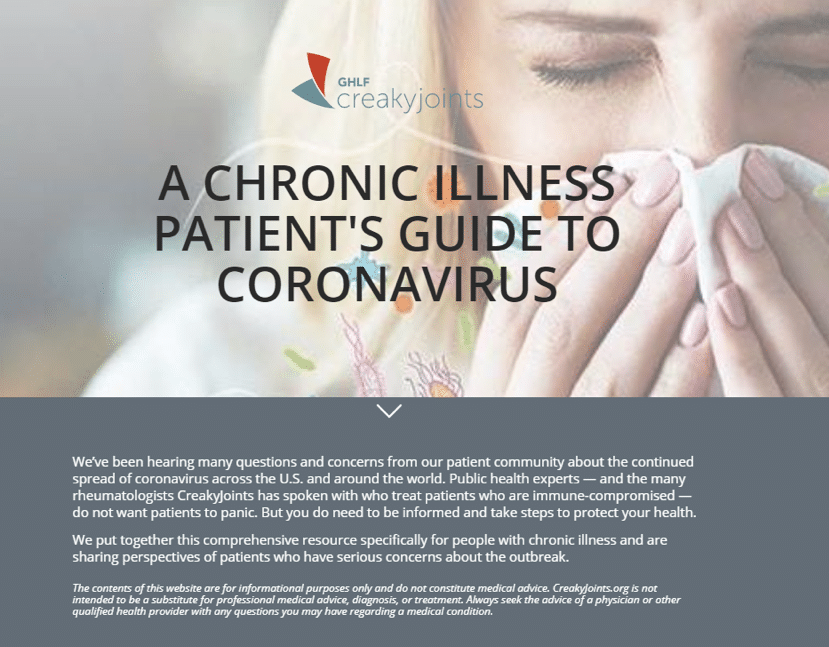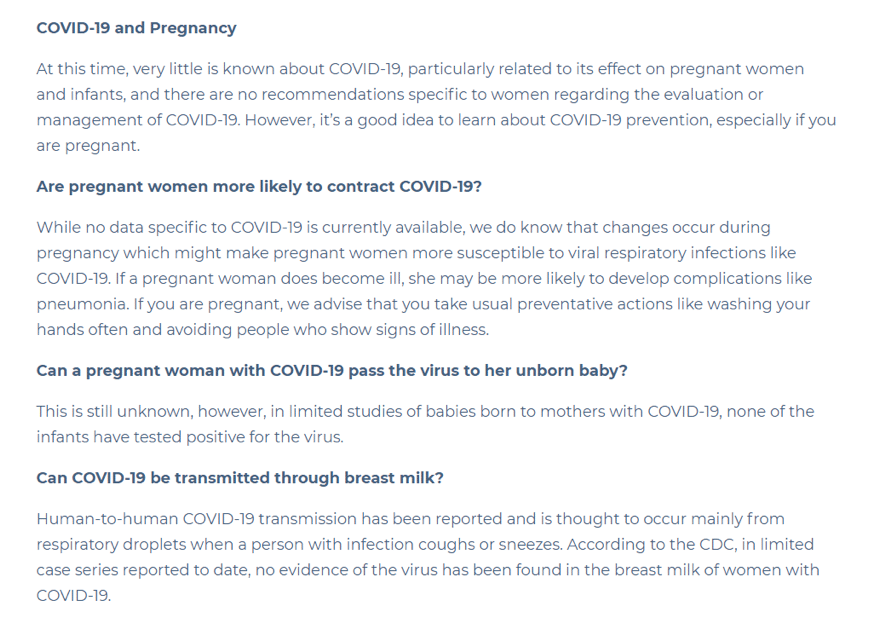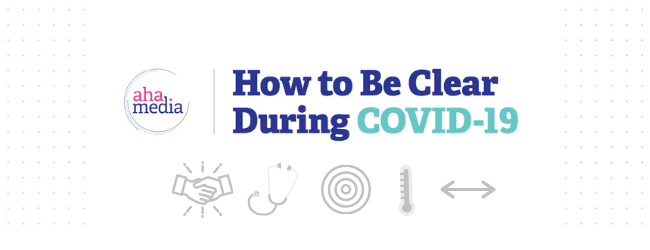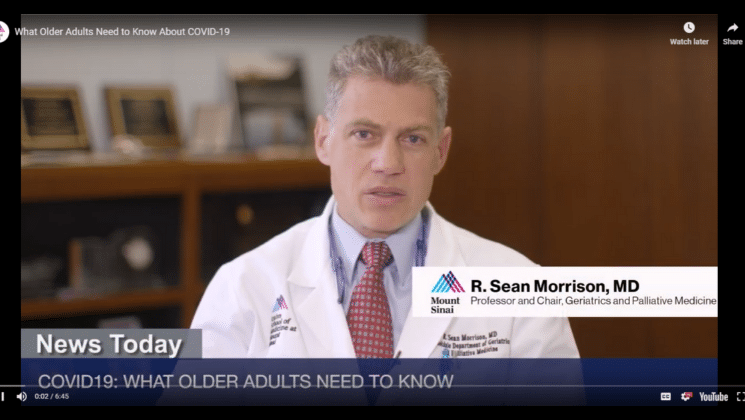
In seemingly no time at all, the coronavirus has upended our world. People who had never heard of COVID-19 a few months ago are spending their days frantically researching and seeking coronavirus-related information.
And healthcare communicators like you are dedicating your time, energy and talents to communicate, inform and reassure them. Your empathy and dedication to helping people during this crisis is changing lives.
The Best Coronavirus Communications
Use these tips and strategies to make your COVID-19 material as relevant and helpful as possible.
1. Create marketing messages that are relevant to what’s happening
The pandemic is dramatically impacting people’s lives. How can anyone focus on anything else? Now is not the time to market services such as elective surgeries. Any content you create or distribute should be relevant to COVID-19.
But you can relate to the pandemic while tying it back to your mission. Texas Children’s Hospital published a blog on the importance of breastfeeding during a pandemic. And Shriner’s Hospital promoted National Puppy Day by connecting it to stress relief during an uncertain time:
2. Have a laser-like focus on your audience
Ask yourself and your marketing team:
- Who is our most important audience right now?
- What do we need to give them?
If your job is communicating updates to hospital employees and existing patients, then create the best possible content for those audiences — even if no one else sees it. Johns Hopkins Medicine* does a brilliant job answering its audience’s questions and concerns about COVID-19:
3. Stop scaring people with this image!
How many times have you seen this graphic of the COVID-19 virus? It’s everywhere — and it’s not the most reassuring visual.
Set yourself apart from the sea of publishers already using this image and try something different:
- Showcase your physicians. Adding a face to the name in your articles promotes trust and authority.
- Use photos that reflect the testing and treatment side of the virus, which instills a feeling of hope.
Again, look at Johns Hopkins Medicine*. They use images of laboratory testing and research to showcase their expertise (rather than promote a red, frightening disease):
4. Use metaphors to make difficult topics easier to grasp
A great metaphor will:
- Help your coronavirus content stand out from your competitors
- Clarify the situation to your audience
Akron Children’s Hospital uses the familiar game of “Red Light, Green Light” to explain social distancing to its younger audience:
5. Weave authority and trust into your content
Coronavirus information changes daily, if not hourly. People want the most up-to-date, authoritative and reliable information. If they don’t find it from you, they’ll go somewhere else. Try to:
- Timestamp your content, so readers know how updated it is.
- Add a byline from an expert. Get your healthcare providers in front of a camera or writing for your blog. Your audience will appreciate the expertise and authority of someone on the front lines.
Nebraska Medicine published a first-person letter from a physician:
6. Develop relevant content for specific audiences
What should I do if I have an elective surgery scheduled? I have Gaucher disease, so what extra precautions should I take? I’m pregnant and tested positive for COVID-19 — can I pass the virus to my baby?
These are all relevant questions that niche audiences have right now. Whenever possible, create content geared toward specific audience segments — it’ll help consumers feel spoken to and appreciated. It gives them a sense of reassurance that you see them and are here for them.
The Global Healthy Living Foundation directly addresses the questions and concerns of patients with chronic illnesses:
7. Use only the most up-to-date, credible, peer-reviewed sources
The Internet is flooded with incorrect, exaggerated and outdated coronavirus communications. Don’t contribute to the noise. Always back up your content with the most credible sources, such as:
- Centers for Disease Control and Prevention (CDC)
- .gov websites
- World Health Organization (WHO)
- National Institutes of Health (NIH)
- Peer-reviewed studies
At Aha Media, we use the expertise of client subject matter experts (SMEs) for content creation. Since access to SMEs is challenging right now, the next best approach is to ensure you’re using the most credible sources possible.
Women’s Health Texas sources the CDC in its content:
Your words make an impact. By publishing coronavirus communications that are relevant, transparent and empathetic, you’re changing lives for the better. Use the examples above to reignite your marketing efforts, and let us know how we can help.
Thank you for all that you do.
Check out our coronavirus resources page for more information on healthcare marketing during COVID-19.
Be Clear During COVID-19
We know you’re churning out content at a rapid pace, and we want to help. So we created a cheat sheet to help you translate complicated terms into easy-to-understand language for your audience.

